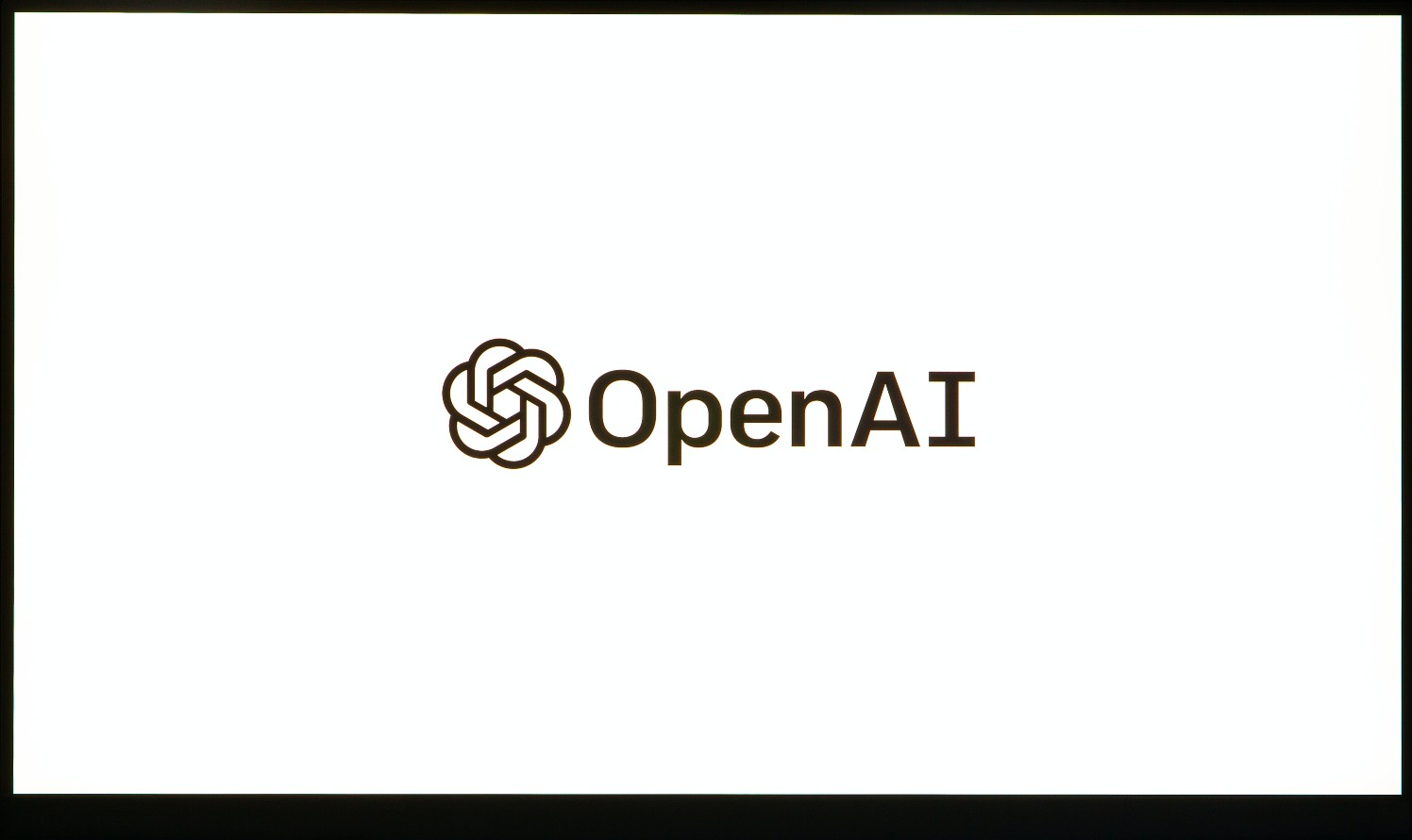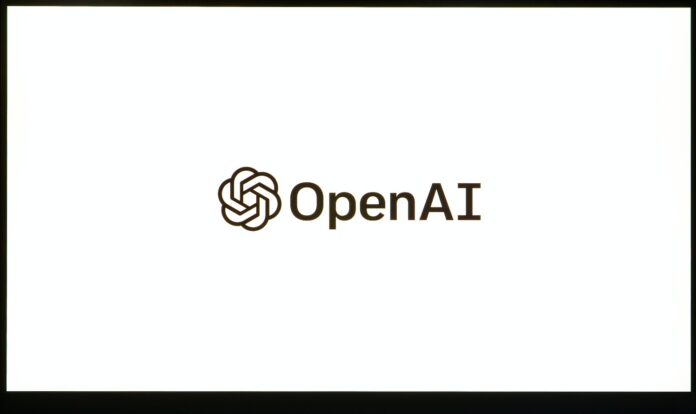By Winnie Kamau
Nairobi, Kenya: Artificial Intelligence or AI, is a fascinating technology that you might
have heard a lot about lately.
It’s all about creating smart machines that can do tasks just like humans do. These machines can learn, reason, solve problems, understand language, and even recognize things like images.
Types of AI
There are two main types of AI that are Narrow AI and General AI. Narrow AI is designed to do specific tasks really well, like voice assistants such as Siri or Alexa, recommendation systems, and image recognition. On the other hand, General AI is like the dream version of AI, as it would be able to do lots of different things just like a human can, but we haven’t quite achieved that yet.
Learning Processes of AI
AI uses different techniques to work its magic, like Machine Learning, Deep Learning,
and Natural Language Processing.
Machine Learning is like training a computer with lots of examples so it can learn from
them and make its own decisions. For example, it can learn to recognize pictures of
cats by looking at many cat pictures.
Deep Learning is a special kind of Machine Learning inspired by how our brains work.
It’s great at recognizing things in images, understanding language, and listening to our
Voices.
Natural Language Processing is all about teaching computers to understand and talk to
us like humans do. You’ve probably seen this in action when using voice commands to
ask your phone to do things for you.
 Large Language Model (LLM)
Large Language Model (LLM)
A Large Language Model (LLM) is a type of artificial intelligence that is trained on a massive amount of text data to learn patterns, relationships, and representations of language. This allows it to understand and generate human-like language.
GPT-3 (Generative Pre-trained Transformer 3), developed by OpenAI, is one of the most well-known examples of a large language model. With 175 billion parameters, it is one of the largest language models to date, making it highly capable of understanding context, grammar, and semantics in text.
Large language models such as GPT-3 operate by using a transformer architecture, a deep learning model that allows them to process sequential data efficiently. These models are “pre-trained” on a massive corpus of text data, which means they are exposed to a wide range of linguistic patterns and relationships. After pre-training, the models can be “fine-tuned” on specific tasks to make them more suitable for particular applications, such as language translation, text summarization and chatbots.
Large language models are advantageous in that they can generate coherent and contextually relevant responses, making them versatile tools for natural language processing tasks. However, these models require significant computational resources and are data-intensive during both training and inference, which is a consideration when using them in real-world applications.
AI has come a long way and is used in many areas like healthcare, finance, education,
and even transportation. It helps us in lots of ways, like virtual assistants that answer
our questions or self-driving cars that can safely take us places.
But, like any new technology, AI also has some challenges we need to be careful about.
Some concerns include making sure AI is used ethically, avoiding bias in the algorithms
it uses, and making sure it doesn’t replace too many jobs. We also need to be mindful of
privacy issues.
Overall, AI is a powerful tool that is changing how we interact with technology and
improving our lives. As it continues to grow, we must use it responsibly and thoughtfully
to make the most of its benefits while addressing any potential risks.














